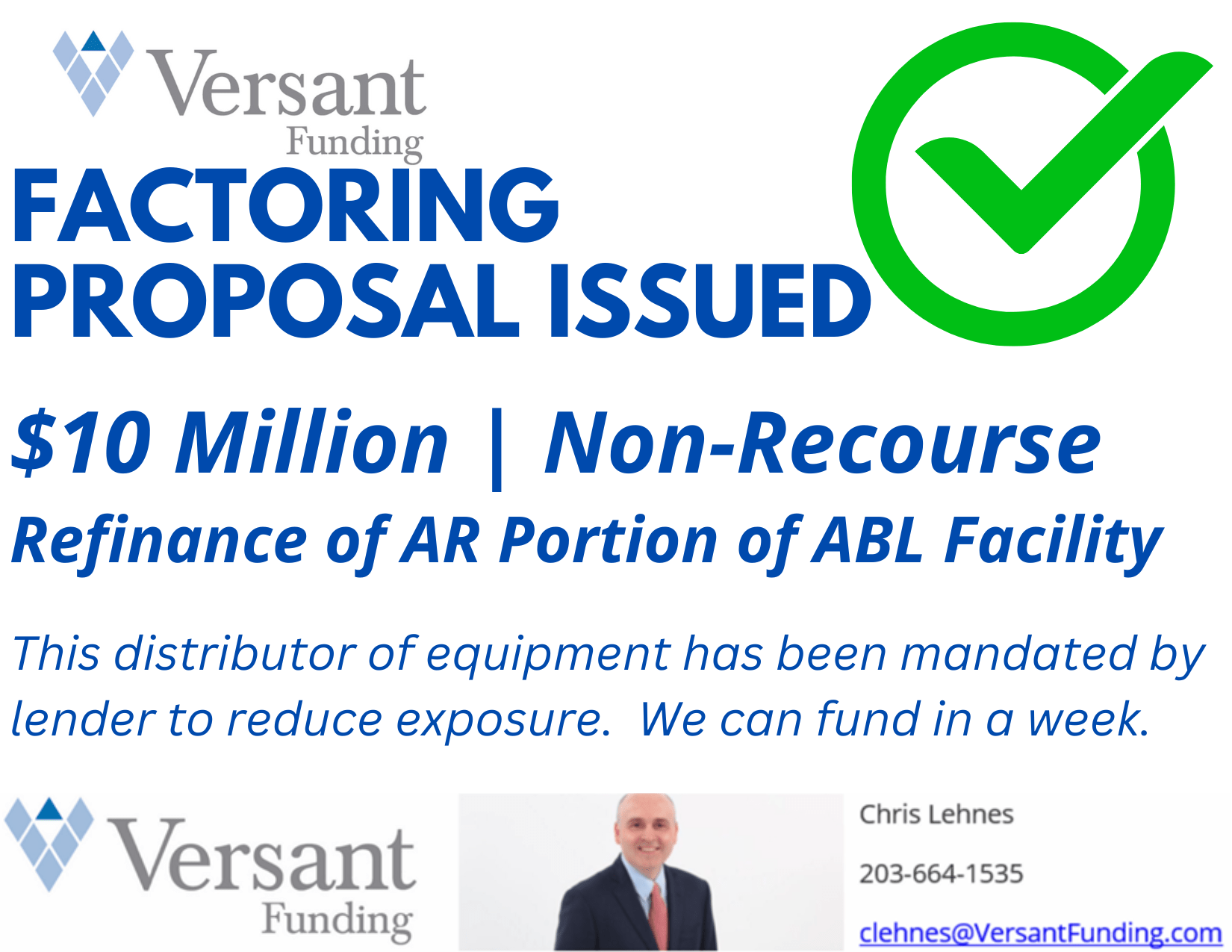Advantages of Accounts Receivable Factoring in Q4 2024
Accounts receivable factoring has long been a strategic financing tool for businesses seeking to improve cash flow and support operational growth. As we approach Q4 2024, the relevance of factoring remains strong due to economic trends, supply chain dynamics, and evolving market demands. Here are the primary advantages of factoring in the current climate:
1. Immediate Access to Cash Flow
Accounts receivable factoring allows businesses to convert outstanding invoices into cash almost immediately, bypassing the usual 30-90 day payment terms. This liquidity is particularly valuable in Q4, as companies often face increased demand, seasonal expenses, or year-end financial obligations.

2. Flexible and Accessible Financing
Unlike traditional loans, factoring does not require a lengthy approval process or stringent credit checks. Instead, funding is based on the creditworthiness of the business’s customers. This makes factoring an attractive option for small and medium-sized enterprises (SMEs) or companies with limited credit history.
3. Support for Supply Chain Stability
With supply chain challenges persisting in many industries, businesses may need to pay suppliers upfront to secure inventory. Factoring bridges the gap, ensuring companies can meet supplier demands without disrupting operations.
4. No Additional Debt
Factoring is not a loan, so businesses do not accumulate debt or face repayment schedules. This is particularly advantageous for companies aiming to maintain a clean balance sheet and optimize their creditworthiness as they plan for the year ahead.
5. Enhanced Focus on Core Operations
By outsourcing invoice management to a factoring company, businesses save time and resources on collections. This allows them to concentrate on growth-oriented activities, such as expanding customer bases, improving products, or streamlining operations.
6. Tailored to Economic Conditions
In Q4 2024, global economic uncertainty continues to shape business environments. Factoring offers an adaptable solution for companies managing fluctuating revenues, ensuring they remain agile in responding to market changes.
7. Strengthened Customer Relationships
Factoring companies often handle collections professionally, reducing tension between businesses and their customers. This preserves positive relationships and supports long-term partnerships. Factoring Activity – Deal Alerts – Q4 2024.
Why Factoring is Crucial in Q4 2024
As businesses navigate the complexities of Q4 2024, including seasonal fluctuations, economic shifts, and competitive pressures, factoring offers a reliable, scalable solution. Whether used as a short-term financing strategy or integrated into long-term financial planning, accounts receivable factoring empowers businesses to seize opportunities and close the year on a strong financial note. Factoring Activity – Deal Alerts – Q4 2024.









